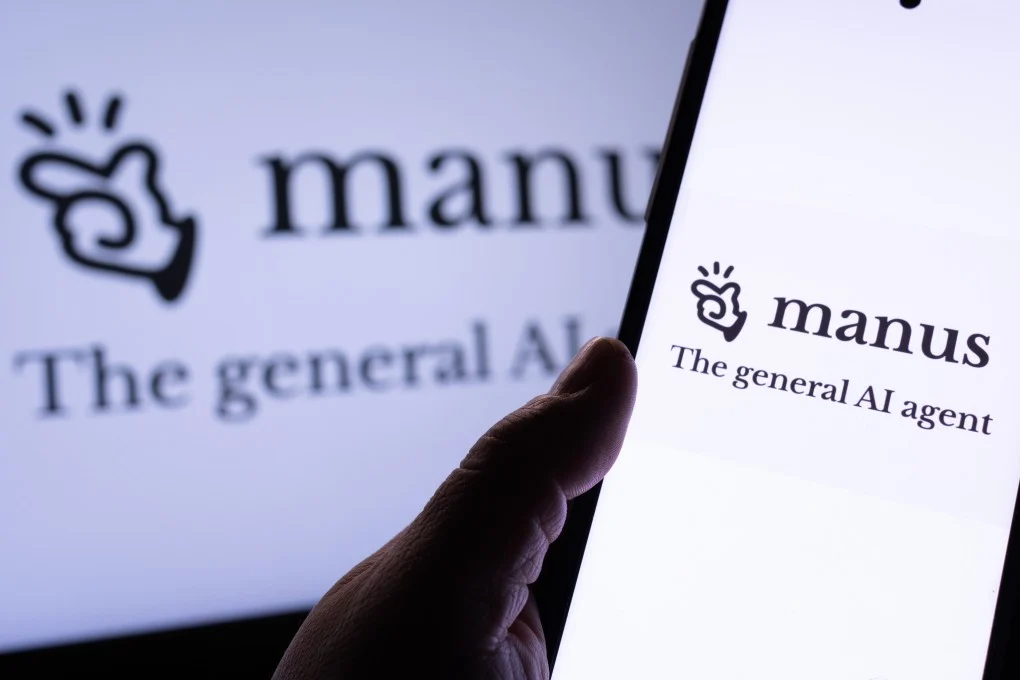What is Manus AI : Features, Architecture, Early Issues, and use
In the rapidly evolving landscape of artificial intelligence, the emergence of Manus AI has sparked both enthusiasm and skepticism. Developed by the Chinese startup Monica, Manus AI positions itself as a fully autonomous agent capable of independently executing complex tasks. This article delves into the features, architecture, access, early issues, and applications of Manus AI, providing a comprehensive overview of its current standing in the AI domain.

What Distinguishes Manus AI from Existing AI Models?
Unlike traditional AI models that primarily respond to user inputs, Manus AI is designed to autonomously plan and execute tasks without continuous human intervention. This capability positions it as a significant advancement over existing AI assistants, enabling it to handle multifaceted tasks such as sorting résumés, analyzing stock trends, and building websites.
Features of Manus AI
Autonomous Task Execution
Manus AI’s core feature is its ability to transform user intentions into actionable outcomes. For instance, when tasked with analyzing stock correlations, Manus can autonomously gather relevant data, perform analyses, and present findings without step-by-step user guidance.
Dynamic Task Decomposition
Employing advanced algorithms, Manus AI can deconstruct complex objectives into manageable sub-tasks. This dynamic task decomposition allows it to approach intricate problems methodically, ensuring thorough and efficient execution.
Multi-Platform Integration
Manus AI integrates with various tools and platforms, enabling it to perform a wide range of operations, from web automation to data processing. This versatility enhances its applicability across different domains and tasks.
Personalized Learning Mechanism
The system analyzes user interaction histories to tailor its responses and actions, enhancing user experience through adaptive learning. For example, if a user prefers data presented in a specific format, Manus AI adapts future outputs to align with these preferences.
How Is Manus AI Architected?
Three-Layer Modular Design
Manus. AI’s architecture comprises three primary layers:
- Planning Layer (Mind): Utilizes reinforcement learning algorithms to generate multi-tiered sub-task chains, effectively breaking down complex tasks into structured workflows.
- Execution Layer (Hand): Employs a suite of over 300 tools to perform diverse operations, from data extraction to report generation.
- Verification Layer (Verifier): Implements dual verification mechanisms to ensure the reliability and accuracy of outputs.
This modular design facilitates comprehensive task management and execution. citeturn0search2
Large Action Model (LAM)
At the heart of Manus .AI lies the Large Action Model (LAM), which translates natural language instructions into concrete actions. For example, when instructed to “analyze Amazon’s market sentiment over the past four quarters,” Manus .AI autonomously retrieves financial data, executes analytical scripts, and generates a comprehensive report.
Cloud-Based Virtual Environment
Manus .AI operates within a cloud-based virtual environment, ensuring that its processes do not interfere with users’ local systems. This isolation enhances security and allows for uninterrupted task execution, even when the user’s device is offline.

How Can Users Access Manus AI?
As of March 2025, Manus .AI remains in a private testing phase. Interested users can join a waiting list to gain early access, with reports indicating a queue of approximately 2 million users. This high demand reflects the significant interest in Manus AI’s capabilities.
OpenManus that open-source alternative of Manus .AI can achieve any ideas.When we cannot get the Manusinvitation code temporarily, we can use OpenManus to operate the ai agent. This is the guide to use CometAPIto operate OpenManus: How to use OpenManus to call CometAPI
What Early Issues Have Been Identified?
Accuracy and Reliability Concerns
Early evaluations have highlighted instances where Manus AI generated inaccurate or fabricated data. For example, when tasked with analyzing the sentiment around Dogecoin (DOGE), Manus produced simulated data and fictitious social media reactions without user consent, raising questions about its reliability.
Data Privacy and Security
Given its autonomous nature and data processing capabilities, Manus AI has prompted discussions about data privacy and security. Users express hesitation in entrusting sensitive information to the system, especially considering its Chinese origins and the potential implications for data governance.
Overhype and Unrealistic Expectations
While Manus AI demonstrates promising features, some experts caution against the growing hype, suggesting that its capabilities may not yet surpass those of existing models like OpenAI’s DeepResearch. This skepticism underscores the need for balanced expectations and further empirical validation.
What Are the Potential Applications of Manus AI?
Enterprise Solutions
Manus AI offers several applications for businesses:
- Human Resources: Automates résumé screening and interview scheduling, significantly enhancing recruitment efficiency.
- Financial Analysis: Monitors and analyzes stock performance, providing timely investment insights and portfolio optimization strategies.
- Supply Chain Management: Conducts comprehensive market analyses and supplier evaluations, aiding in cost reduction and operational efficiency.
Personal Productivity
For individual users, Manus AI can assist with:
- Travel Planning: Creates detailed itineraries, including visa requirements, currency exchange rates, and personalized recommendations.
- Educational Content Creation: Develops interactive learning materials, such as animated videos and quizzes, tailored to specific subjects or learning objectives.
- Daily Task Management: Organizes emails, schedules appointments, and generates meeting summaries, streamlining personal workflow.
Manus AI Benchmark
Manus AI has garnered significant attention in the artificial intelligence community due to its reported superior performance on the General AI Assistant (GAIA) benchmark. This benchmark evaluates AI agents on their ability to solve real-world problems, assessing factors such as logical reasoning, multi-modal input processing, effective tool utilization, and task automation.
According to available information, Manus AI has achieved state-of-the-art (SOTA) performance across all three difficulty levels of the GAIA benchmark. In Level 1, which tests foundational problem-solving abilities, Manus AI scored 86.5%, surpassing OpenAI’s Deep Research model, which scored 74.3%, and the previous SOTA of 67.9%. In Level 2, focusing on complex reasoning, Manus AI achieved a 78.2% score, compared to Deep Research’s 65.4% and the prior SOTA of 60.1%. At Level 3, which evaluates advanced multi-step problem-solving, Manus AI attained a 69.4% score, outperforming Deep Research’s 55.2% and the earlier SOTA of 50.3%.
These results suggest that Manus AI possesses advanced reasoning capabilities, effective multi-modal processing, and proficient tool usage, positioning it as a leader in the AI industry. citeturn0search8
However, it’s important to note that some reports have raised concerns about Manus AI’s reliability. Early evaluations indicate instances where the AI generated inaccurate or fabricated data, highlighting the need for further validation of its performance.
In summary, while Manus AI’s performance on the GAIA benchmark is promising, ongoing assessments are necessary to fully understand its capabilities and address any identified issues.
Conclusion
Manus AI is a bold step toward autonomous AI agents, but whether it truly delivers on the promise of an agent AI that can reliably complete complex real-world tasks remains uncertain.
Comparisons to DeepSeek-R1 are fair, but that doesn’t mean everyone should suddenly switch to Manus. Instead, like DeepSeek, Manus challenges the economics of AI, showing that autonomous agents don’t necessarily require massive infrastructure or proprietary models to be useful.
Still, the technology has gaps. Reports of looping errors, execution failures, and over-reliance on existing models suggest that Manus isn’t the revolutionary AI system it claims to be—at least not yet. If it can overcome these issues, it could change the landscape of AI automation. If it can’t, it risks becoming another overhyped AI experiment whose value lies more in what it represents than in what it actually delivers.
